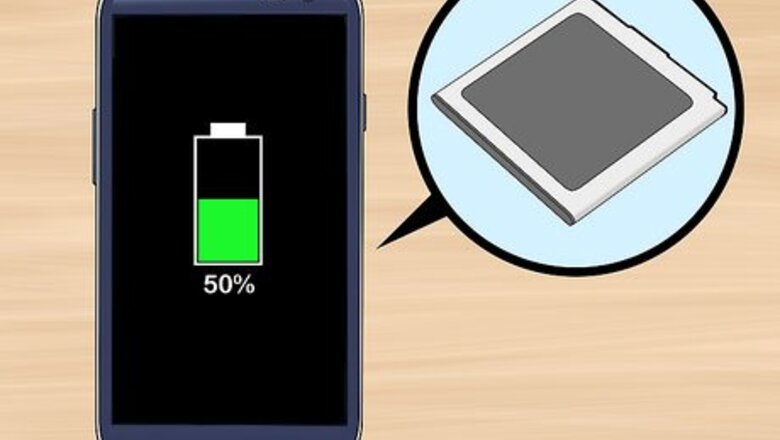
views
X
Research source
Charging Your Device
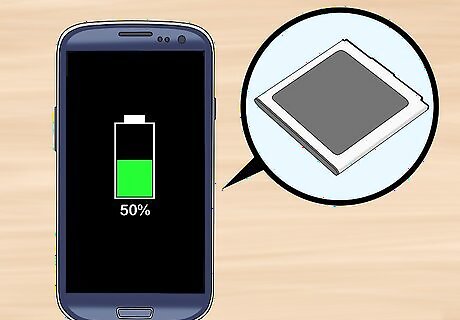
Check that the battery has 50% remaining or less before charging it. You only need to charge the battery of your device once the charge is low enough, as always having a fully charged battery will not improve the functioning of your device. To check the battery of your device, look for a small battery icon in the menu bar. If you are on a laptop, hover over the icon to see the percentage. If you are on a smartphone or a tablet, either click on the icon or expand the menu to see the percentage reading. Many devices will also be able to tell you how much operating time the current battery percentage will give you. This can be helpful if you are planning when you need to charge your device.
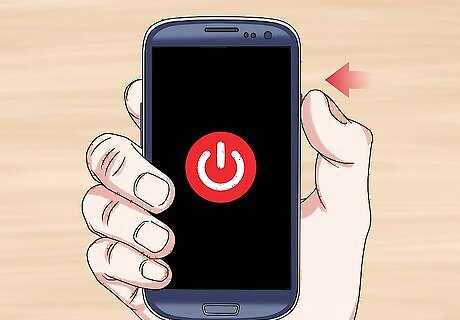
Turn off your device before you charge it if possible. Once you have determined that your device needs to charge, shut it down completely with the power switch or button if you don’t need to use it. This allows the lithium-ion battery to charge more effectively. When your device is turned off during charging, the lithium-ion battery is able to reach the set voltage threshold without being hindered. Overall, if the device is still left on, the lithium-ion battery is prevented from charging as it should. Don't worry too much if you cannot have your device switched off while it is charging. Although turning the device off is ideal, it won't have a significant, negative effect on the battery if it is left on.
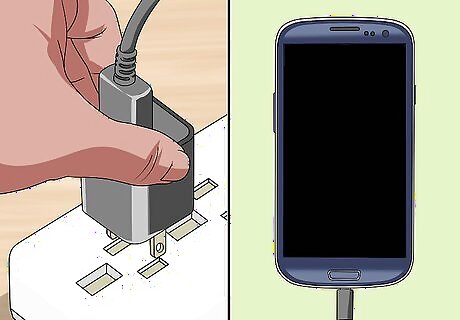
Connect your device to the charger and a power outlet. Connect your device to its charger before connecting the charger to a power outlet. Make sure that the power outlet is switched on.
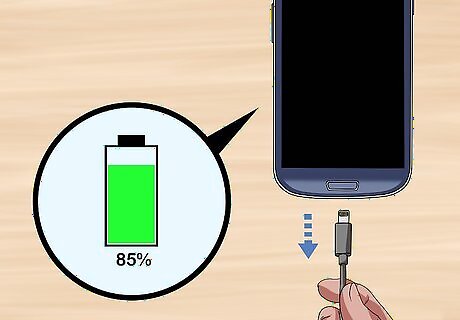
Disconnect your device from the charger when the battery reaches 85%. Keep an eye on your device as it is charging and try to avoid letting it charge to 100%. This is because constantly charging the lithium-ion battery to 100% and leaving it plugged in can damage the battery health. Sometimes letting your device charge fully is unavoidable. Don’t worry about it if it does happen, but try to reduce how often it does and get into a routine of not letting it charge fully. You can also download apps which will set a charging limit on your device. These are particularly useful for smartphones and tablets.
Increasing the Lifespan of the Battery
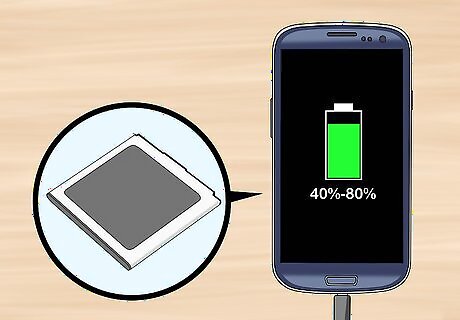
Practice shallow discharges with your device. Lithium-ion batteries operate best when they are charged off and on throughout the day. Try to charge your device in bursts from approximately 40% up to approximately 80% at a time. Limit the number of times that you charge your device to 100% or let the battery drop down to 0%. Shallow discharges are better for the long-term health of the lithium-ion battery. This is because it helps to maximize the finite number of charge/discharge cycles that the battery has. This means that shallow discharges will help to maintain the lifespan of the battery. Ideally, never let your battery fall below 10%.
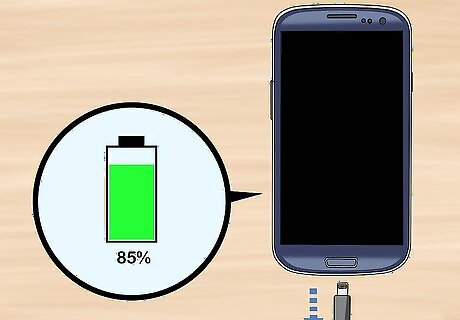
Unplug your device once it has charged. When the battery reaches a charge of approximately 80% or higher, disconnect your device from the charger. This prevents the battery from fully charging. It also stops the battery from entering a state of high-stress if it does remain plugged in after the battery has reached 100%. Lithium-ion batteries do not tolerate overcharging well. Keeping your device charging once the battery has reached 100% degrades its lifespan.
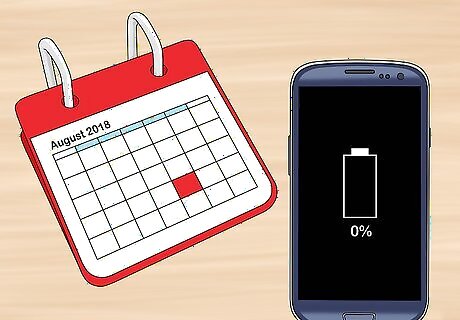
Discharge the battery completely once per month. There is a benefit to letting the battery reach 0% occasionally. Some devices have a "smart battery" that tells you how much longer you can use the device for at the current battery rate. Shallow discharging can cause the smart battery to become de-calibrated and to give inaccurate readings. Discharging the battery completely recalibrates the smart battery. If the smart battery is giving inaccurate readings, this means that it will be more difficult for you to plan when to next charge your device. This can have a greater negative impact on the lifespan of your lithium-ion battery than letting it drop to 0% once per month.
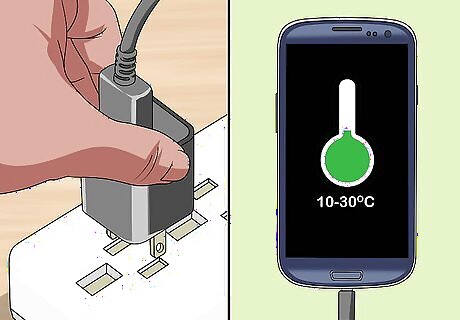
Charge the battery when the temperature is 50–86 °F (10–30 °C). Lithium-ion batteries run the most effective within the recommended temperature range. However, lithium-ion batteries can be charged at temperatures between 32–113 °F (0–45 °C) if necessary. It is possible to charge a lithium-ion battery at below freezing temperatures, however, due to the nature of the battery it takes a long time to do so.
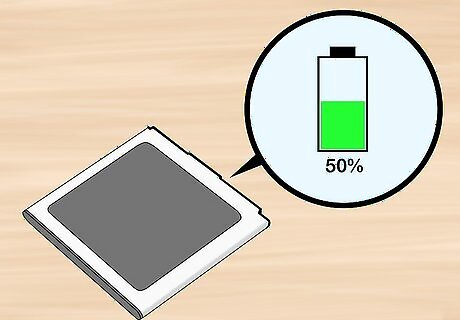
Charge lithium-ion batteries to 40-50% before they are stored. If you are going to be not using your device and will be storing it away for some time, let it discharge to this level before you store it. This is the most effective level to store the lithium-ion battery at because it allows the battery to self-discharge slightly, remain operational, and minimize capacity loss. The best temperature for storing the battery and maintaining its lifespan is at 59 °F (15 °C). However, technically lithium-ion batteries can be stored at −40–122 °F (−40–50 °C).

















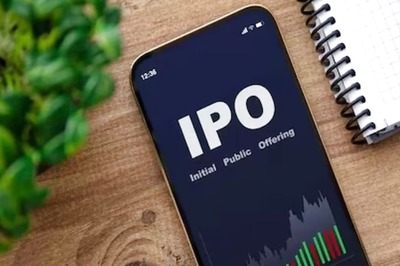

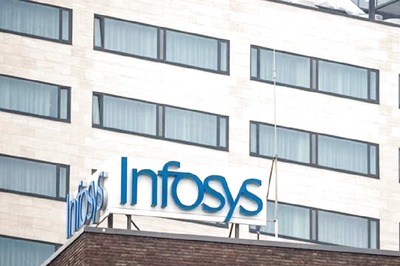
Comments
0 comment